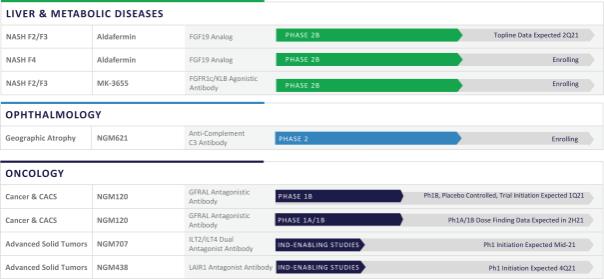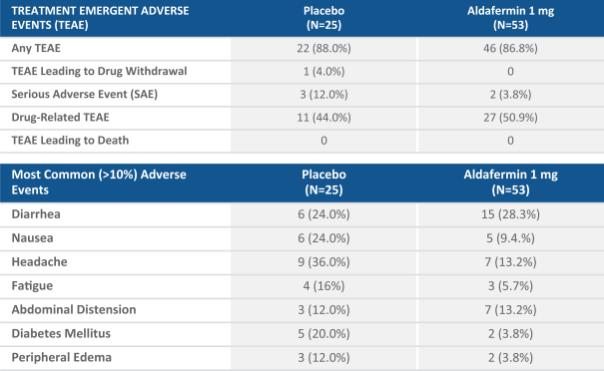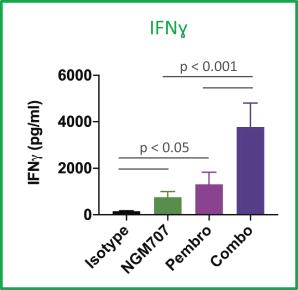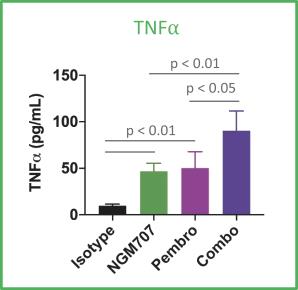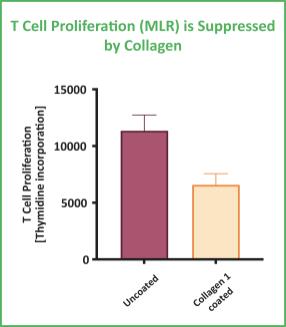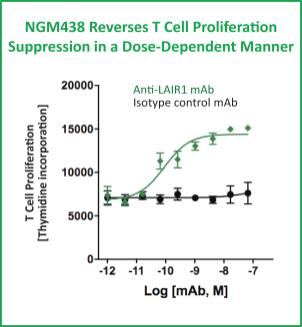We face substantial competition, which may result in others discovering, developing or commercializing products before or more successfully than us.
The biopharmaceutical industry is intensely competitive and subject to rapid and significant technological change. Our competitors include multinational pharmaceutical companies, specialized biotechnology companies and universities and other research institutions. A number of pharmaceutical companies, including AbbVie, Allergan, AstraZeneca, Bayer, Boerhinger Ingelheim, Bristol-Myers Squibb, Eisai, Eli Lilly, GlaxoSmithKline, Johnson & Johnson, Merck, Novartis, Novo Nordisk, Pfizer, Roche, Sanofi and Takeda, as well as large and small biotechnology companies such as 89Bio, Akero, Albireo, Alentis, Amgen Inc., or Amgen, Apellis, Ascletis, Axcella, Bird Rock, Can-Fite, Cirius, Enanta, Galectin, Galmed, Gilead, Glympse, Immuron, Intercept, Inventiva, Iveric, Madrigal, MannKind, MediciNova, Metacrine, Mirum, North Sea, Promethera, Salix, Scholar Rock, Seal Rock, Terns, Tiziana, Viking and Vivus, are pursuing the development or marketing of pharmaceuticals that target the same diseases that are targeted by our most advanced product candidates. It is probable that the number of companies seeking to develop products and therapies for the treatment of liver and metabolic diseases, retinal diseases and cancer will increase. Many of our competitors have substantially greater financial, technical, human and other resources than we do and may be better equipped to develop, manufacture and market technologically superior products. In addition, many of these competitors have significantly greater experience than we have in undertaking preclinical studies and human clinical trials of new pharmaceutical products and in obtaining regulatory approvals of human therapeutic products. Accordingly, our competitors may succeed in obtaining FDA approval for superior products or for other products that would compete with our product candidates. Many of our competitors have established distribution channels and commercial infrastructure to support the commercialization of their products, whereas we have no such channel or capabilities. In addition, many competitors have greater name recognition and more extensive collaborative relationships. Smaller and earlier-stage companies may also prove to be significant competitors, particularly through collaborative arrangements with large, established companies.
Our competitors may obtain regulatory approval of their products more rapidly than us or may obtain patent protection or other intellectual property rights that limit our ability to develop or commercialize our product candidates. Our competitors may also develop drugs that are more effective, more convenient, more widely used and less costly or have a better safety profile than our products and these competitors may also be more successful than us in manufacturing and marketing their products. If we are unable to compete effectively against these companies, then we may not be able to commercialize our product candidates or achieve a competitive position in the market. This would adversely affect our ability to generate revenue. Our competitors also compete with us in recruiting and retaining qualified scientific, management and commercial personnel, establishing clinical trial sites and patient registration for clinical trials, as well as in acquiring technologies complementary to, or necessary for, our programs.
There are no currently approved therapies for NASH. Although we believe there are no approved therapies that specifically target the signaling pathways that our current product candidates are designed to modulate or inhibit, there are numerous currently approved therapies for treating the same diseases or indications, other than NASH, for which our product candidates may be useful and many of these currently approved therapies act through mechanisms similar to our product candidates. Many of these approved drugs are well-established therapies or products and are widely accepted by physicians, patients and third-party payors. Some of these drugs are branded and subject to patent protection, and others are available on a generic basis. Insurers and other third-party payors may also encourage the use of generic products or specific branded products. We expect that if our product candidates are approved, they will be priced at a significant premium over competitive generic products, including branded generic products. This may make it difficult for us to differentiate our products from currently approved therapies, which may adversely impact our business strategy. In addition, many companies are developing new therapeutics, and we cannot predict what the standard of care will be as our product candidates progress through clinical development.
